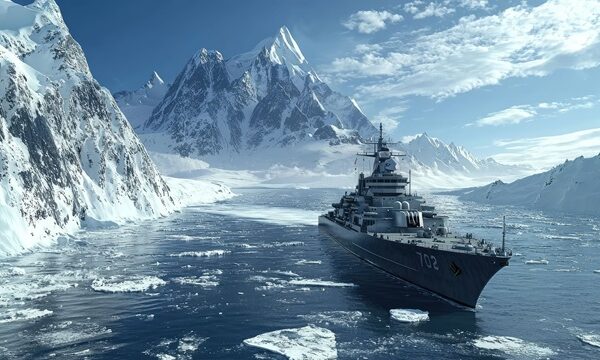
Greenland – independence and the imperialist scramble for Arctic dominance
By Paul Smith, 14 February 2025 Trump’s threats accelerate Greenland’s push for independence, amid growing dangers of imperialist exploitation and conflict, as the Arctic becomes
